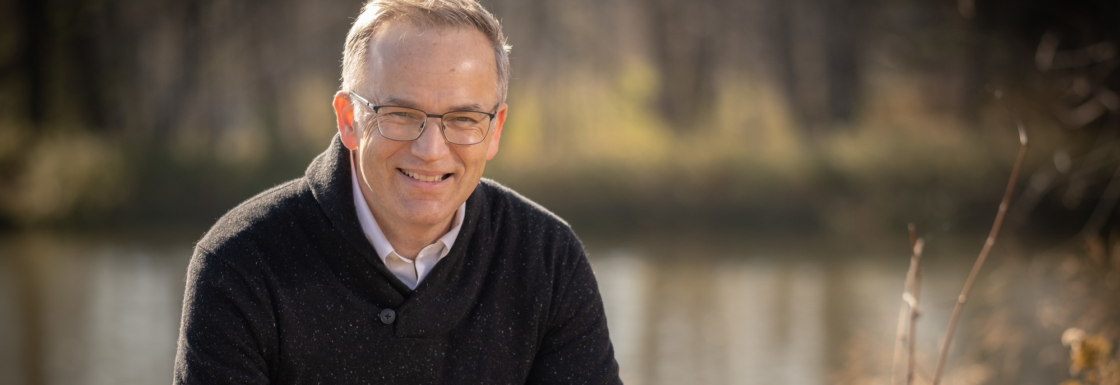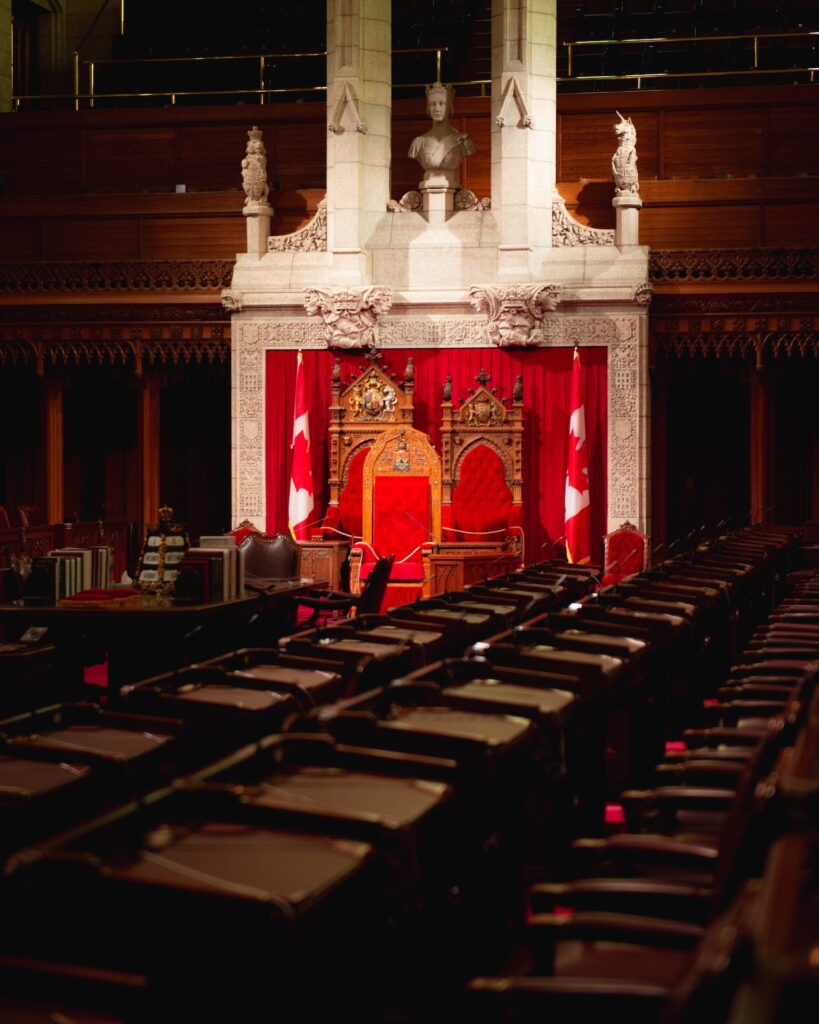Coming together with one goal: to shape the green recovery

In the spring of 2020, just a few months after the COVID-19 pandemic sent the world into lockdown, it became clear that governments and the private sector would quickly need to focus on recovering from this crisis—on “building back better.”
At the time, the question was: What does “better” look like for Canada? And where do we begin?
In conversation with his peers, Richard Florizone—who had only just started in his new role as President and CEO of the International Institute for Sustainable Development (IISD)—saw an opportunity emerging. It was clear that, with the proper guidance from the right people, Canada’s leaders could step up during this period of recovery and commit to ambitious, meaningful change.
A better future was possible, and there was public support for investing in it, but any knee-jerk spending decisions would undoubtedly come under fire. Stimulus packages would need to be significant and strategic, with investments guided by sound research and an understanding of global trends—especially if Canada was to remain competitive in the fast-growing clean economy.
However, significant initiatives like these require partnerships—rarely does success materialize in a vacuum. Richard had experience mobilizing people toward a common cause: When he was president of Dalhousie University, he championed over $500 million in funding for ocean sustainability and innovation through joint initiatives like the Ocean Frontier Institute and the Ocean Supercluster.

For this new effort, early key partners included Bruce Lourie from the Ivey Foundation, Stewart Elgie from Smart Prosperity Institute, and IISD’s Executive Vice President Jane McDonald, who all shared and shaped the vision of resilient post-pandemic recovery. Together, the members drew on their skill sets and networks to assemble an independent group of Canadian finance, policy, and sustainability leaders, who quickly got to work—convening, collaborating, researching, and analyzing. With the support of the Clean Economy Fund, the Task Force for a Resilient Recovery was born, with Richard as Chair.
As part of this effort, IISD looked into stimulus packages rolled out in Europe and Asia, which pointed to four clear areas of opportunity for Canada: Buildings, mobility, nature, and clean energy. Experts also looked back at the 2008 financial crisis to make sure lessons learned then about effective stimulus plans were considered.
When the media began picking up on this issue, members of the task force began their own outreach to journalists and other influencers, speaking out on the need for ambitious commitments; Richard published an op-ed in the Ottawa Citizen reminding Canada’s leaders that the green recovery shouldn’t be a game of political hot potato: “This is not just a question of what’s good for the economy or what’s good for the environment,” he wrote. “It is now an issue of national competitiveness.”
In September, after four months of work, the task force released its final report, which centred on 22 recommendations and five “bold moves” for the federal government:
- Invest in climate-resilient, energy-efficient buildings
- Jumpstart production and adoption of zero-emission vehicles
- Go big on growing Canada’s clean energy sectors
- Invest in the nature that protects and sustains us
- Grow clean competitiveness and jobs across the economy

A robust communications campaign ensured decision-makers took notice. And that same month, in the Speech from the Throne, the government committed to new federal investments to support these recommendations—specifically in clean technology, building retrofits, transportation, and nature. Together with subsequent announcements, the Government of Canada has now committed $25+ billion to these priorities recommended by the Task Force.
This proves what can happen when a group of dedicated people from across different sectors come together to focus on a clear, meaningful goal. The Task Force for a Resilient Recovery ultimately included 15 independent members, 11 expert advisers, five funders, eight research organizations, and 36 support and secretarial staff—all working virtually, in addition to their usual roles and responsibilities, throughout a global pandemic, because they cared.
The recovery from COVID-19 is, of course, still ongoing. But now that we have a blueprint for the way forward, it’s just a matter of acting on it.

















